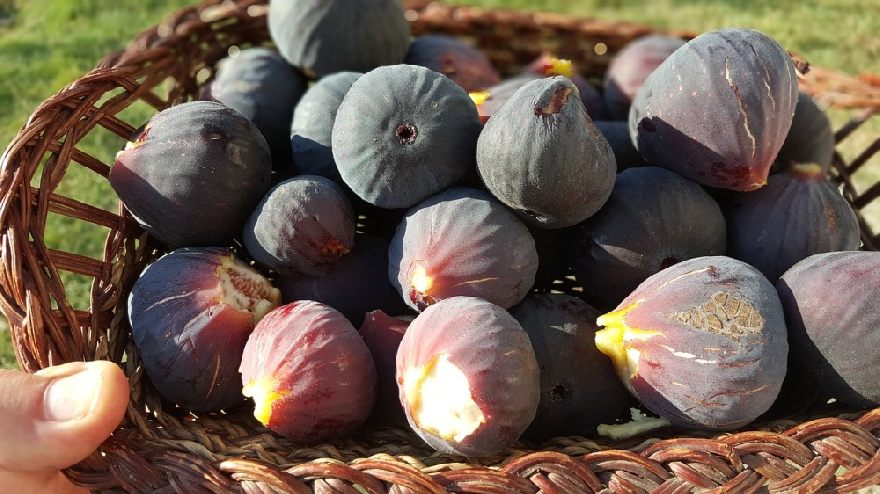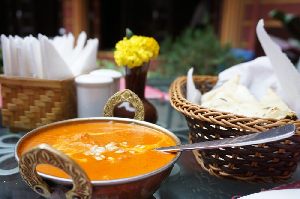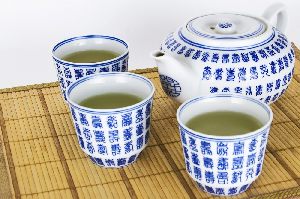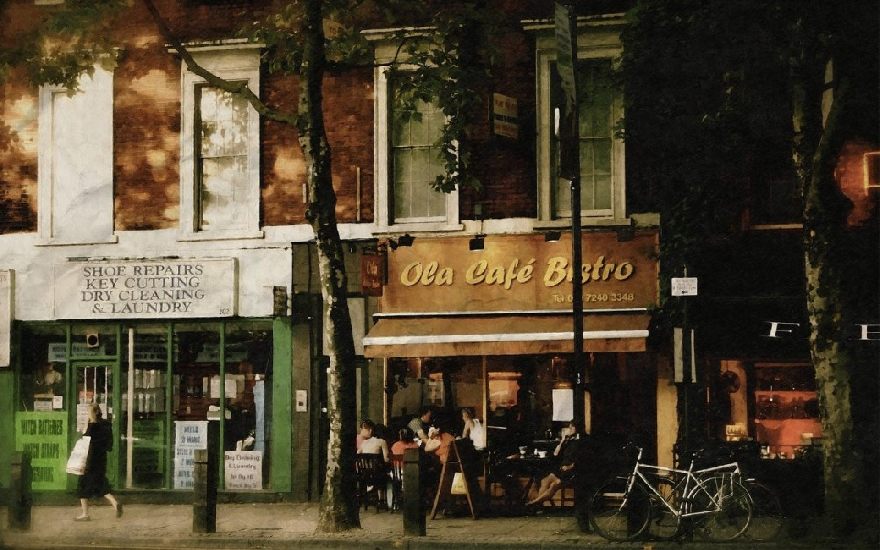Culinary Food in Albania
Albanian cuisine is characterized by its unique flavors, diverse ingredients, and a blend of Mediterranean and Balkan influences. Here are some key aspects and popular dishes of Albanian culinary traditions:
1. Fresh Ingredients: Albanian cuisine often features fresh, locally sourced ingredients. This includes a variety of fruits, vegetables, meats, and seafood.
2. Olive Oil and Dairy: Much like other Mediterranean regions, olive oil is a staple in Albanian cooking. Dairy products, particularly cheese and yogurt, are also commonly used.
3. Meats: Lamb, goat, and beef are popular meats in Albania. They are often grilled, roasted, or used in stews.
4. Seafood: Given its coastline along the Adriatic and Ionian Seas, seafood is a significant part of the diet in coastal areas. Fish dishes are particularly prevalent.
5. Bread and Pastries: Bread is a staple in the Albanian diet, often homemade and served with meals. Traditional pastries like Byrek (a savory pie made with layers of phyllo dough, often filled with cheese, spinach, or meat) are also widespread.
6. Salads and Pickles: Fresh salads often accompany meals, and pickling vegetables is a common practice.
7. Seasonings: Albanian cuisine tends to favor simple seasonings, emphasizing the natural flavors of the ingredients. Herbs such as oregano, mint, and basil are frequently used.
8. Traditional Dishes:
- Tavë Kosi: A traditional dish made with lamb and yogurt.
- Fërgesë: A hearty dish often prepared with peppers, tomatoes, and cottage cheese.
- Jani me Fasule: A bean stew that is a staple in the Albanian diet.
- Qofte të Fërguara: Seasoned meatballs, often grilled or fried.
9. Desserts: Baklava is a popular sweet in Albania, as well as other desserts made with nuts and syrup.
10. Drinks: Coffee is a significant part of Albanian social life. Rakia, a fruit brandy, is a traditional alcoholic beverage.
Albanian cuisine is notable for its simplicity, the freshness of its ingredients, and its hearty, comforting nature. It offers a delightful exploration of flavors for anyone interested in Mediterranean and Balkan culinary traditions.
Sweets in Albania
Albanian sweets and desserts are an integral part of the country's culinary culture, reflecting a blend of local traditions and influences from Mediterranean and Ottoman cuisines. Here's an overview of some popular Albanian sweets:
1. Baklava: A sweet pastry made of layers of filo dough filled with chopped nuts, sweetened with syrup or honey. This is a common dessert in many countries that were part of the Ottoman Empire, including Albania.
2. Kadaif (or Qadaif): A dessert made from shredded phyllo dough, nuts, and often sweetened with syrup. It's similar to baklava in flavor but has a unique texture due to the shredded dough.
3. Ashure (or Asure): Known as the "Noah's Ark Pudding," this sweet porridge is made with a mixture of grains, fruits, nuts, and sweeteners. It's a traditional dessert often prepared during religious festivals.
4. Revani: A semolina cake soaked in sweet syrup, often flavored with lemon or orange. This light and moist cake is a favorite in many Albanian households.
5. Halva: A dense, sweet confection typically made from tahini (sesame paste) or sunflower seeds mixed with sugar or honey. It can also include nuts like pistachios or almonds.
6. Sheqerpare: A popular Albanian dessert consisting of butter cookies soaked in a lemon-scented sugar syrup. They are typically bite-sized and have a pleasantly moist texture.
7. Trilece: A sponge cake soaked in a mixture of three types of milk (hence the name 'tri lece' – three milks), often topped with caramel or whipped cream. It's creamy and rich, similar to the Latin American dessert tres leches.
8. Byrek me Mjaltë: While byrek is usually savory, there’s also a sweet version of this pastry made with thin layers of dough and filled with honey and nuts.
9. Fruit Desserts: Fresh fruits, often served with honey and nuts, are a simple yet popular dessert in Albania, reflecting the abundance of fresh produce.
10. Jellied Sweets: Gelatin-based sweets, often flavored with fruit or coffee, can also be found, representing a modern twist to the traditional dessert repertoire.
These desserts are not only delicious but also steeped in history and culture, offering a glimpse into the diverse influences that have shaped Albanian cuisine. They are often enjoyed with coffee or tea, particularly in social settings or as a part of festive celebrations.














